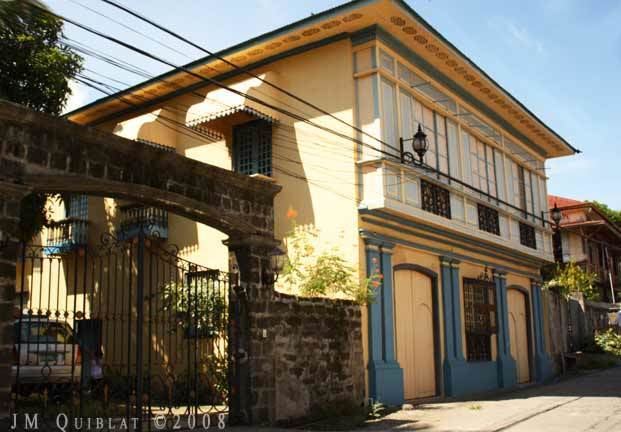Country Region Orinoquia | Population 361,058 (2005) Area 1,328 km2 Founded 1840 | |
 | ||
Map of Villavicencio
Villavicencio ([biʎaβiˈsensjo]) is a city and municipality in Colombia. Capital of Meta Department, it was founded on April 6, 1840. The city had an urban population of approximately 495,200 inhabitants in 2016.1 The city is located at 4°08'N, 73°40'W, 75 km (about 45 m) southeast of the Colombian capital city of Bogotá (DC) by the Guatiquía River. It is the most important commercial center in the Llanos Orientales (Eastern plains). It has a warm and humid climate, with average temperatures of 28 °C and 30 °C.2 It is affectionately called "Villavo" la bella.
Contents
- Map of Villavicencio
- Villavicencio meta colombia
- History
- 1948present
- Geography
- Climate
- Economy
- Sports
- Born in Villavicencio
- References

Lying in a rural zone of tropical climate, Villavicencio is on the great Colombian-Venezuelan plain called Los Llanos, which is situated to the east of the Andes mountains. Villavicencio is also called "La Puerta al Llano", or "The Gateway to the Plains", due to its location on the historical path from the Colombian interior to the vast savannas that lie between the Andes range and the Amazon rainforest.
Villavicencio's proximity to huge mountains and great plains make the city an example of Colombia's geodiversity. Because it is located in the foothills of the Andes, the morning and evening breezes cool the city, which is very hot for most of the day.

Villavicencio meta colombia
History
The German Conquistador Nikolaus Federmann reached the altiplano of Bogotá in 1536 by approaching it from the plains of Venezuela, a large unsettled area that is formed by the Orinoco basin. However, this vast area remained unexplored and uncolonized for the next 300 years. Colombia was settled along the mountainous folds of the Magdalena and Cauca valleys, and all of its commerce with the outside world was oriented towards the Caribbean Sea, thus, because of its mountainous barriers, the extreme heat, and inhospitable climate, the Llanos remained forgotten and unsettled.
The Llaneros, the inhabitants of the plains, are fierce horsemen who first fought for the Spanish royalists and then for the Venezuelan and Colombian rebels during the War of Independence. By crossing the Cordillera Oriental with Bolívar, they surprised the royalist army on the plains of Boyaca on the 6th of August, 1819, and cleared the way for the taking of an abandoned Santa Fe de Bogotá one week later. In the 1840s, some farmers from Caqueza, a town on the eastern folds of Bogotá started the modest settlement of Gramalote, which officially became the parish of Villavicencio in 1855. The parish was named for Antonio Villavicencio, a patriot in the Colombian war of independence. Vaccines, a mule road, and the availability of vast areas of free land, drove new colonizers to continue the settlement of Villavicencio. As the roads improved the access to the Llanos, the farmers could send their produce and cattle to the markets of Bogotá.
After the assassination of Jorge Eliecer Gaitan, a popular Liberal politician in 1948, the large landowners saw a pretext to drive farmers out of their lands. The Llaneros resisted by driving the army out of population centers. The guerrillas never took Villavicencio, but they brought the fighting to the military base of Apiay. As the fighting between the government and the Llanero guerrillas was out of control, a military coup in June 1953, took Gustavo Rojas Pinilla to power who immediately negotiated a cease fire and amnesty for the insurgents.
1948–present
Villavicencio has grown from a small settlement of no more than 20 people in the 1850s to an settlement of over 400,000 inhabitants in 2011. A new road of bridges and tunnels has shortened the driving time to Bogotá from six or four hours, depending on the season of the year, to one and half hours to move the oil, cattle, and agricultural products faster.
Geography
The city is located in the Orinoquia Region, where the Oriental Plains begin. Most of the city's land is flat ground draining away from the Andes. The Guatiquia borders the city to the north and east. Caqueza and Chipaque are located northwest of Villavicencio. A true portal to the Llanos, the roads south of Villavo lead to Acacias and San Martin, the first historical town of the Llanos, which was an early Jesuit settlement. East of Villavo they point towards Apiay, Puerto Lopez and the fluvial port of Orocue on the Meta river, a strong affluent of the Orinoco.
Climate
The climate is hot and sometimes humid, though its proximity to the foothills of the Oriental Andes brings mild breezes to the city at nightfall. Average temperatures is 27 degrees Celsius.
Economy
Cattle, agriculture, and the exportation of crude oil fuel the Villavicencio economy. Imports from the surrounding area include coffee, bananas, and rice.
La Vanguardia Airport serves Villavicencio with flights to the rest of Colombia on four airlines, including Colombian major airlines Avianca and Latam Colombia.
Sports
The city has a football (soccer) team, the Llaneros futbol club which plays in Colombia's second division.
The Colombian Football Federation announced that Villavicencio will be one of the venue cities to host the 2016 FIFA Futsal World Cup.
